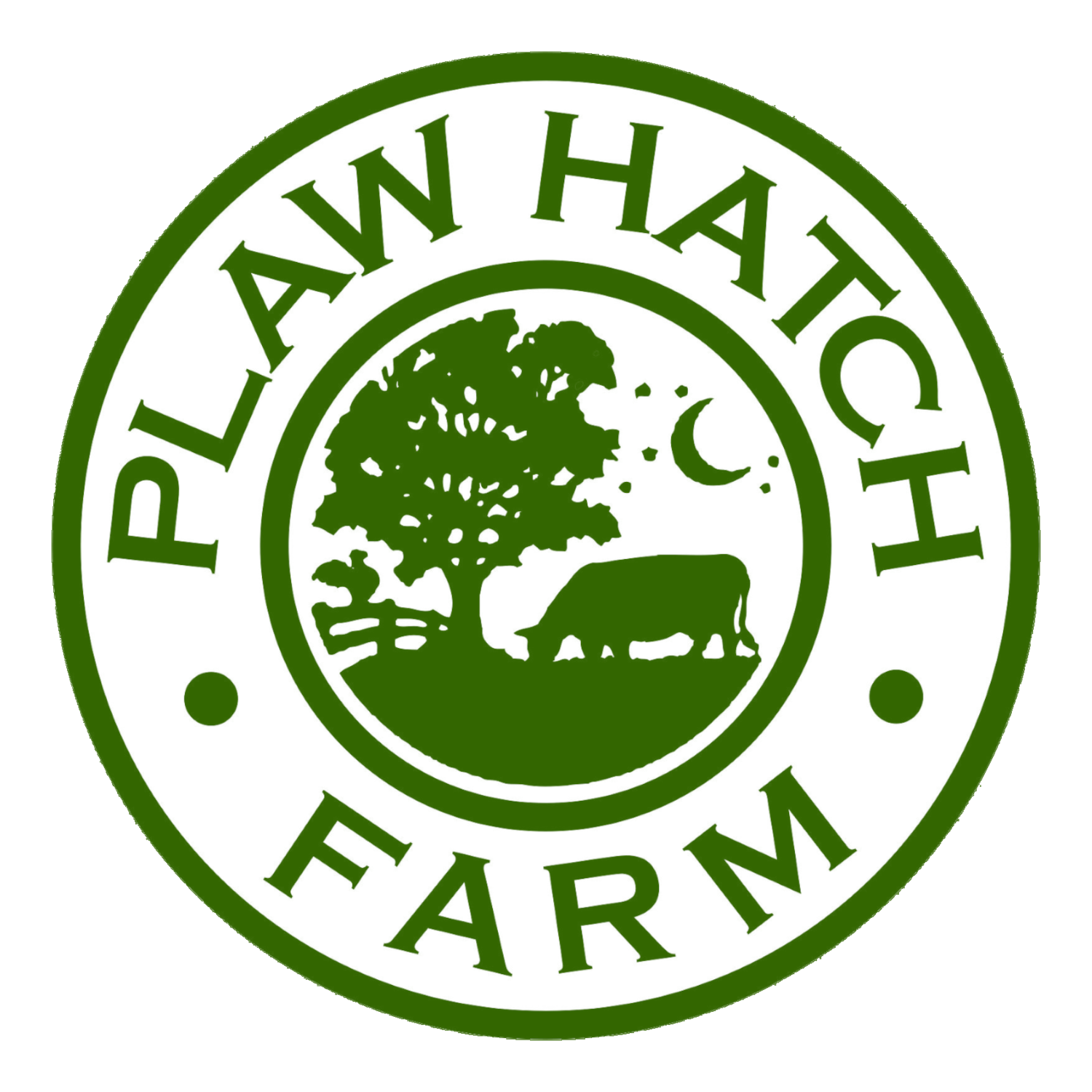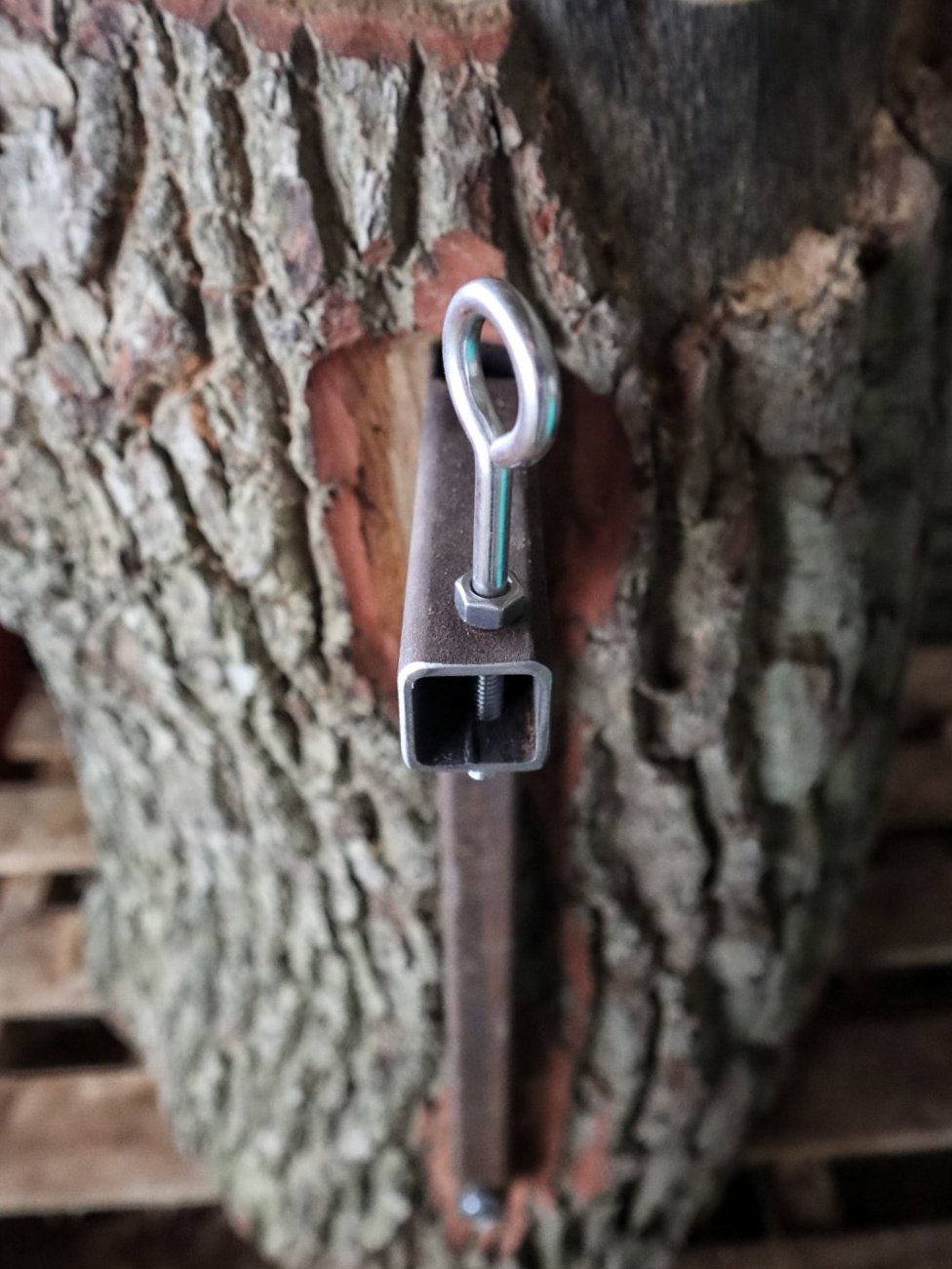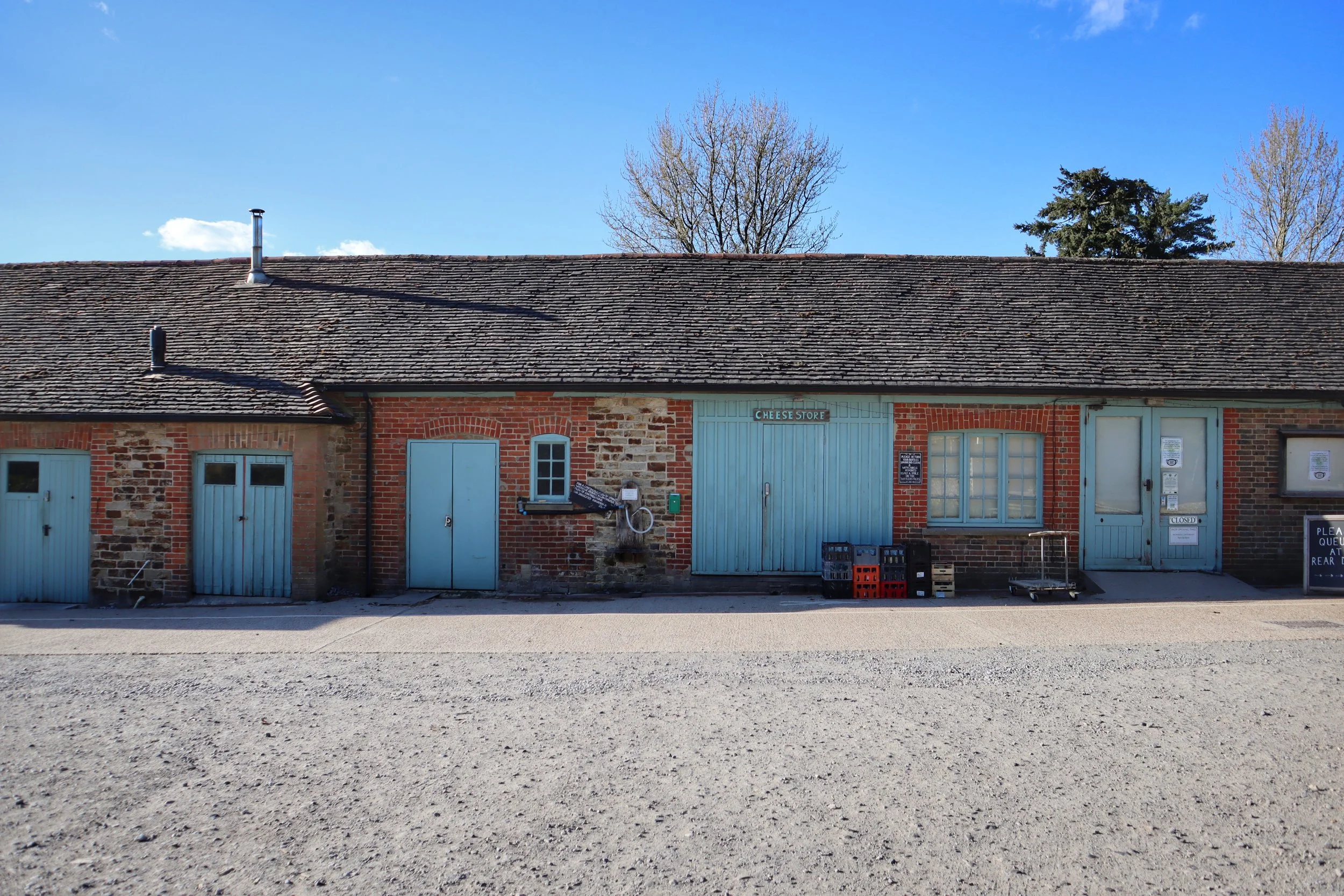A home for bees
Paul hood
At a farewell gathering in September 2022 with cake and conversation, the subject of pollinators arose and the obvious and noticeable lack of bees in and around the garden. What could we do about it? Less strimming and mowing, not cutting hedgerows, planting bee-friendly flowers. All good ideas, but anything else?
Liz asked if anyone had seen a programme where it showed someone making a beehive out of a big log. Well, I didn’t know this was a thing. My instant reaction was let’s make one, sounds like a great little project. Make a hive – help the bees – easy!
So, first we need a big bit of wood, approximately 1m long and 60cm in diameter. It just so happens that in spring 2022 the large lightning damaged oak in Home field, heavy with new leaf and rain, split, and a big part of the tree broke off one windy morning. So, we have the ideal piece of wood here, all ready to use. Shame for the tree, but great for us. Liz and I, both full of enthusiasm, went to it. After watching a few minutes of a You Tube video I felt this was very doable and we would probably have an up and thriving hive by the end of the week.
After a few hours with a very heavy, tough piece of oak, a chainsaw breakdown, a new bar and chain, we were plunge cutting the centre of our log, up chest height on a stack of pallets wedged steady. This is definitely harder than it looks on You Tube – this might not be done by the end of the week after all. Our log waited patiently, as oak tends to. Bit by bit, over the next few months, with chainsaw, homemade chisels and sculpting discs on a grinder, the hollow main body was ready with a cavity of approximately 40L – what next?
Drill holes in the top for cross sticks to sit so our bees would have something strong to hang their honeycomb on. Make a removeable base plug to block the bottom end. Then we need a roof of course. How do we do that? A conical multi-sided weatherproof roof to fit an uneven log. I got the first two wrong – too small and too steep, but ended up using them as internal insulating caps with a bigger roof as the rain/weather cap.
An old piece of reclaimed lead from a London schoolhouse roof was used for the decorative cap on the point (from the same source as that on the spring water donation box). Great! Nearly done.
No, no, no.
Now the hive was so well insulated that I discovered ventilation was very important. Bees can mass together to create heat but they can’t dissipate it easily. Holes, mesh, more lead. Ok, ventilated. Next problem – if we sit the hive on the ground, will it be damp in the wet winter? How to get to the base plug if you need to get in to check the colony health? Can we balance a 70 to 80kg log on a wooden frame? Didn’t seem right. Maybe, as I saw in Mexico, you hang a hive from a chain or rope from a tree. So, out with the welder to make some brackets to suit.
Another bit of information that came to me through a phone call with a local beekeeper was that a Varroa mesh at the bottom of the hive allowed dislodged mites from the adult bees to fall through the mesh and it makes it difficult from them to climb back up to the colony.
During this time of learning how so much more complicated it was to make a hive, I decided to make another second hive. So now, six months after the idea arose, we have two lovely oak hives ready to hang somewhere on the farm.
All we need now are the bees – simple! Hmm, not so simple. Scout bees are very choosey and spend lots of time checking out a new hive’s space – entrance hole and internal cavity. Size is very important. Best to be facing southeast, dry, ventilated, not exposed or windy, not damp, not dark, not in a low area, not too much sun. When a possible site is discovered, they return with other scouts to see if they all agree. Another way to encourage the bees to swarm to your hive is to rub natural beeswax on the bars inside, drip a little pheromone in and around the hive and maybe even a little lemongrass oil too.
They also need an abundant local food source, which we intend to plant. Bee-friendly meadow flowers and lots of phacelia near the garden. IF all the above conditions are deemed to be satisfactory, a swarm with a queen will hopefully move in and thrive. With no honey being harvested from these bees, a good food source ready-available and the pesky Varroa kept in check, we are hopeful for their success.
There is a mural painted on the wall of a house in Bethnal Green in the east end of London. It is a painting of some bees flying about with a speech bubble that reads;
“WHEN WE GO, WE ARE TAKING YOU WITH US!”
I have passed this mural many times over the past ten years, and it seems to be ever more relevant today. As we all know, species and habitats all over the world are under extreme threat or have already been destroyed. Humankind is largely responsible for this destruction. We need to stop taking and give a little back. This tiny little act of making hives just for the bees will not save us, but it feels like a good thing to do.
I intend to make more hives. I have two large redwood logs ready to start work on, kindly donated for this purpose and I am truly grateful to be able to make them here at Plaw Hatch. We look forward to sharing news of beehive success in the future.
Save the bees. Plant more bee-friendly flowers.














